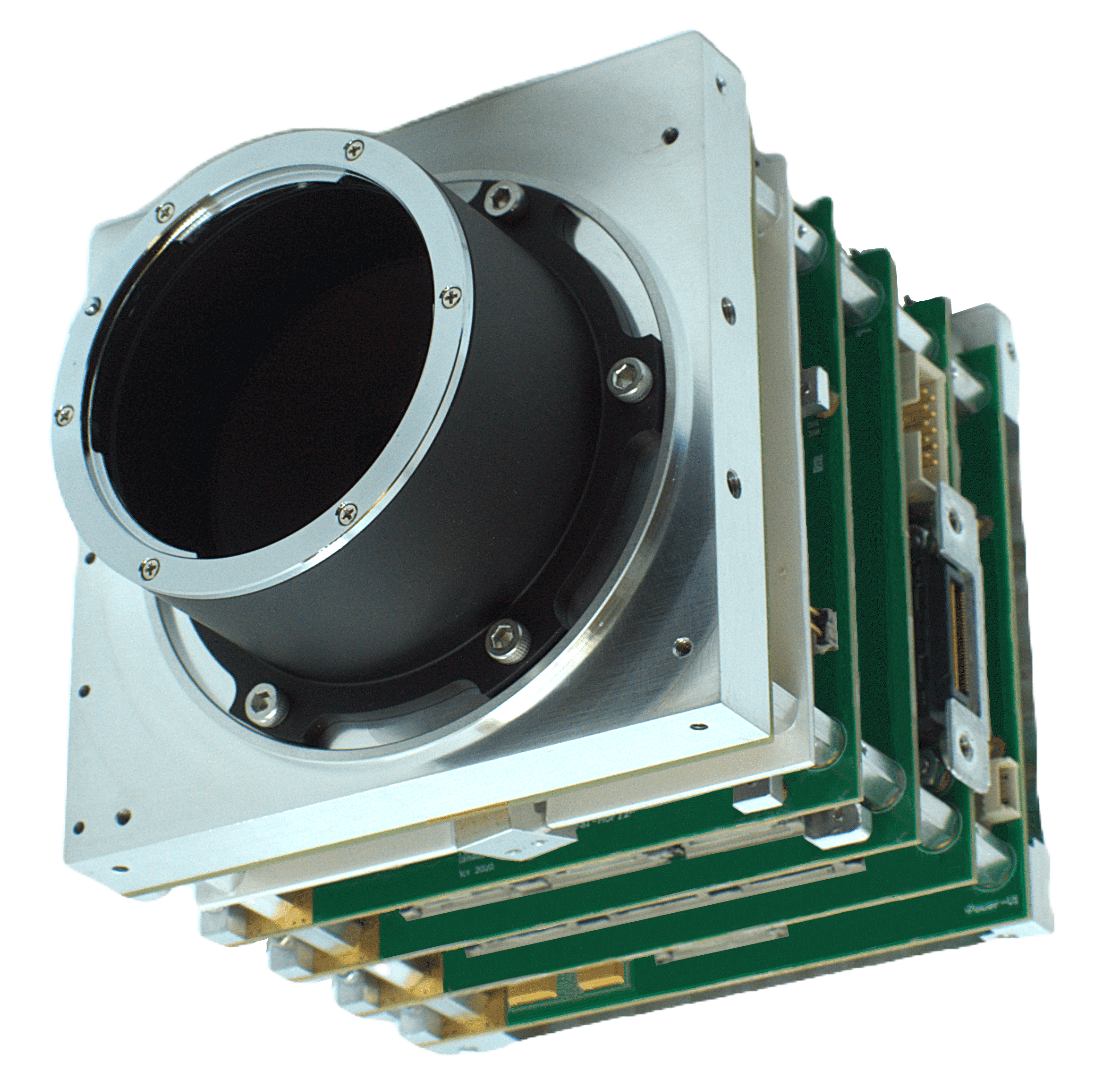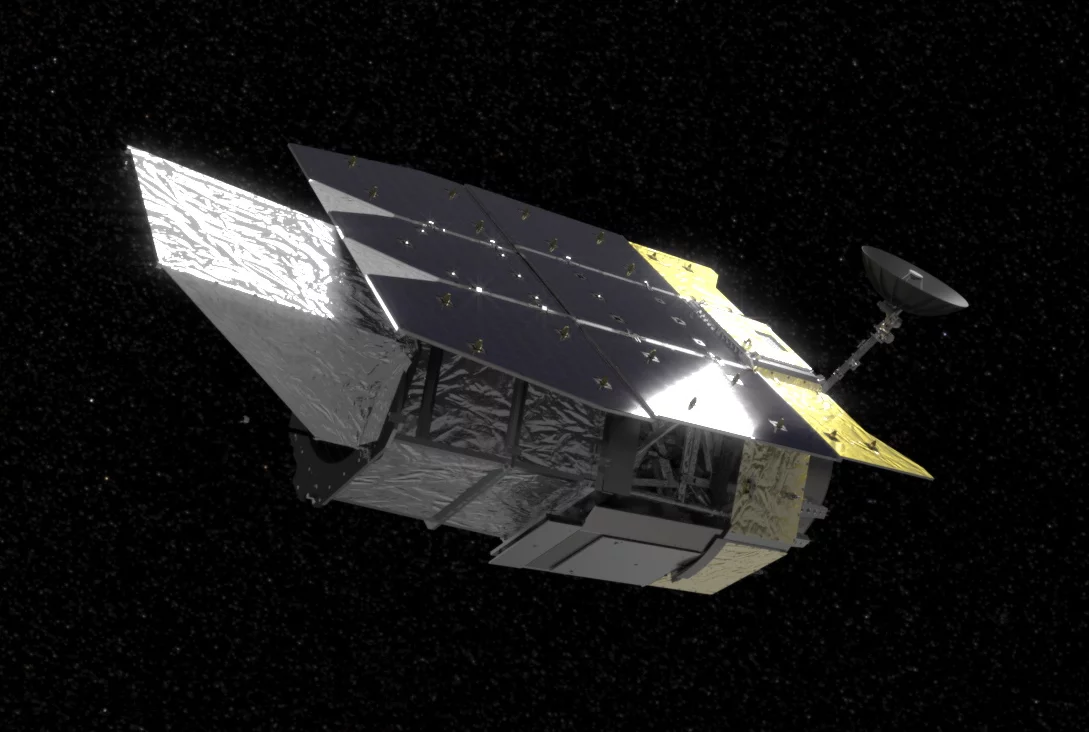Products
Your all-inclusive solution
All Products
Download our catalog
Get our Catalog
Applications
nüSpace represents a state-of-the-art imaging solution, engineered with Nüvü’s signature electronics, that comforms to the constraints of miniaturized satellites. Designed for minimum cost, weight, size, and energy consumption, nüSpace is the first space-ready EMCCD solution that can also supports other sensor types like CCDs and CMOS.

With a 1U size tailored for seamless integration into nanosatellites in low Earth orbirt & beyond, nüSpace excels in both long exposure times for ultra-sensitive data collection and rapid capture rates suitable for adaptive optics.
This versatility coupled with minimal noise levels, rapid processing capabilities, and extensive customization options means Nüvü Camēras’ nüSpace is optimally suited for tasks ranging from tracking space debris and monitoring satellites to capturing images of exoplanets in the quest for extraterrestrial life signs.
Contact us for more information or to discuss customization for your space-based imaging project.

The CCCPs enhance sensors performances for low-light space imaging applications. Initially developed for the Canadian Space Agency, the technology was further advanced through a contract for a Hubble-like mission. Specifically, CCCPs is the technology behind the direct imaging and the adaptive optics cameras of the coronograph of NASA’a flagship Nancy Grace Roman Space Telescope (previously named WFIRST). CCCPs provides unparallelled performances with EMCCDs and CCDs. Among enhancing the detection, analysis and imaging of exoplanets, CCCPs applications of interest for study and surveillance of small asteroids, detection and tracking of space debris and satellites, ultraviolet imaging, etc.
Any questions about EMCCD or low light imaging? Nüvü Camēras experts can provide advices on your low light imaging options.